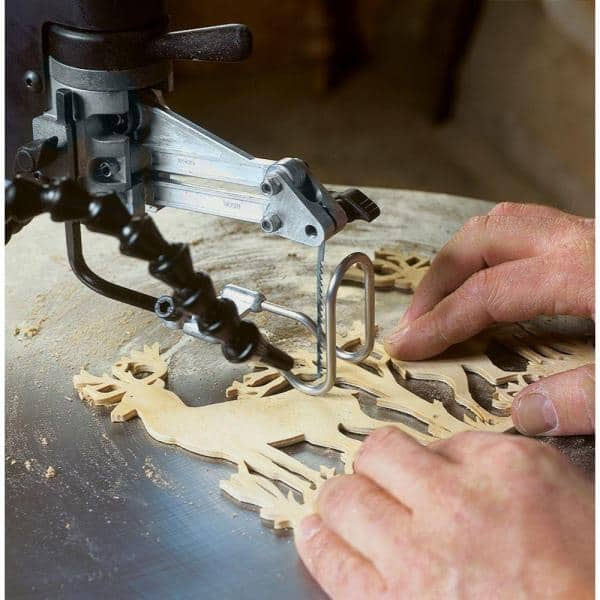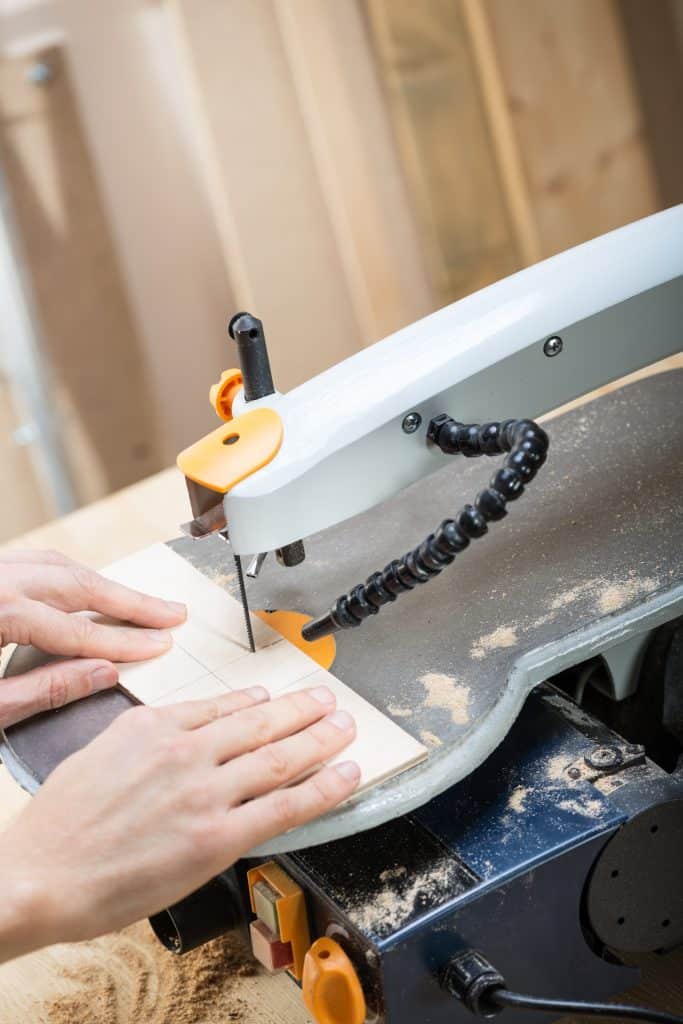
These are the tips you should consider when using a biscuit joiner for furniture construction. Make sure to choose the size of biscuit that will best suit your needs. Also, make sure the bottom shelf line is straight and that you use safety equipment. The biscuit jointer is a good tool for home renovation projects that require making connections between two pieces. Find out more. Also, learn about biscuit glue, safety equipment when using a biscuit joiner, and more.
How to choose a biscuit joiner
Do-it-yourselfers may prefer a midrange biscuit jointer that can take most wood types. A heavier-duty model is appropriate for cabinet shops. No matter what your requirements may be, there are biscuit joints to fit them all. Some are lighter-duty and have easy cleaning features, while others can be stored easily. To help you choose the right biscuit joiner, take a look at the following factors:
It is crucial to choose a biscuit joining tool for many reasons. This tool is versatile and can be used for many purposes. The blade of a Biscuit Joiner should be large enough to accommodate a variety of materials. You should choose one that offers a wide range of settings and an ergonomic handle. You should also look for a machine that has a dust extraction port. It should be simple and easy to choose a biscuit joiner.
Choosing a biscuit
Before you buy a biscuit joiner, consider these factors. Biscuits come in various sizes and shapes, and you will need to choose a suitable one for the job. The most common sizes for biscuits are #0-10 and 12-15 mm. The materials used to make biscuits include plastic, PVC and metal connectors. A key feature to look out for is the blade size. Biscuit joiners made with carbide teeth will last longer than others.

Consider how often you will be using the biscuit joiner before you make your decision. Will you be using it to build furniture or cabinets? A midrange biscuit-joiner should suffice for general woodworking. If you have a larger project in mind, however, you will need a stronger model. Choose between a corded and cordless model based on your needs. Once you've decided on the right biscuit joiner for your needs, choose the one with the maximum number of speed for maximum control.
Gluing biscuit joints
A biscuit joiner is an useful tool to join pieces of wood. Like nails, biscuits absorb the glue in which they are placed and swell up to form a precise alignment. You can have a joint fail or misaligned if there is not enough glue. To avoid this, use a water-based glue. Be sure to squeeze the glue into the slot, rather than onto the biscuits. Popsicle sticks can be used to spread glue and ensure biscuits are secured to the wood.
A biscuit joiner is made up of a saw blade, which cuts a slot in wood and then drops the compressed wood biscuits into that slot. The biscuits are stronger and more durable when glue is applied. A biscuit jointer is typically used to join panels. Norm Abram shows us how he glues up a board using a biscuit joiner.
Safety equipment that can be used in conjunction with a biscuit joiner
A few safety precautions should be taken by every biscuit joiner user. These safety precautions include not adjusting the biscuit jointer while it's in use, never pulling or straining power cords, and never reaching beneath the workpiece with the blade running. Always ensure that the cutter head cover and blade cover are secure. Never leave the cutter head on while the blade is being cut.
You can use the biscuit joiner to cut biscuits with one hand. Make sure to secure your workpieces to a stable surface to stop them moving during the process of cutting biscuits. If the blade cuts too deeply into the board, the biscuit joiner could be dangerous. If the blade is too sharp, it can cause damage to the board. Always wear safety glasses and a face mask.
Testing a biscuit joiner

Before you can use a biscuit jointer, it is important to understand how to test it. To do this, you can mill a slot from a piece or wood. Put the biscuit in the slot gently until it pops out. Next, mark the bottom of each biscuit with a pencil. After it has been inserted completely, take it out of the slot and check the other edge. Check that the slot is clear of any obstructions or jamming.
You can also find a wide range of sizes for biscuit joiners. By reviewing their features, you can find the best one to suit your budget and needs. There are two kinds of biscuit joiners: handheld ones and floor-mounted ones. You can choose the right one for you based on how big the job is. Then, you can select the size that matches your needs. For example, the Biscuit Joiner 90deg is lightweight and has a maximum angle of 90 degrees.
FAQ
How much will it cost to get started?
Each project is unique so there aren’t exact numbers. Here are some factors to help you estimate how much money you will need.
-
Material costs
-
Tools and equipment
-
The time spent on the project
-
The hourly rate
-
What amount of profit can you expect to make?
-
Hire help
You might start small if you are just starting out. As you gain experience, more difficult projects will become possible.
How do I get started with woodworking?
Learning how to build furniture is the best method. Although you will need to have tools and may make mistakes along your journey, you'll soon be able to master it.
First, choose a project you would like to complete. It can be something as simple and small as a box, or large-scale as an entertainment center. Once you have chosen a project, locate a local woodworker who is skilled in this kind of work. Ask him or her for advice on what tools you'll need and where to find them. Maybe you can ask the person if they know of anyone who does this sort of work.
How often should I purchase new supplies?
You may have to replace certain tools. You'll need to sharpen your hand tools regularly if you use them. And if you're using power tools, you'll need replacement parts periodically. You can spread your purchases over a number of months to avoid spending too much.
What furniture can I refinish?
Yes! There are many options for refinishing furniture that you don't need to hire a professional. Here are a few ideas:
Use sandpaper for removing stains and scratches. Use a clean cloth to wipe the surface.
Apply clear polyurethane varnish. Allow furniture to dry completely before you move it around.
Use acrylic paint to paint furniture.
Stain can be used instead of paint. The furniture will have a rich look thanks to the stain.
Shellac wax is applied. Applying wax will give the wood shine and protection.
What kind of wood should you use?
Oak, maple, cherry and mahogany are the most common wood types used for woodworking. Every type of wood is different and can have a unique look and feel that will affect the final product. Oak, for example, tends be darker and more hard than other woods. Birch is lightweight and soft while mahogany is heavier and denser. You can also choose between solid wood and veneers. Veneers are thin wood sheets that are glued together to form one layer.
Statistics
- Woodworkers on the lower end of that spectrum, the bottom 10% to be exact, make roughly $24,000 a year, while the top 10% makes $108,000. (zippia.com)
- The best-paid 10 percent make $76,000, while the lowest-paid 10 percent make $34,000. (zippia.com)
- The U.S. Bureau of Labor Statistics (BLS) estimates that the number of jobs for woodworkers will decline by 4% between 2019 and 2029. (indeed.com)
- In 2014, there were just over 237,000 jobs for all woodworkers, with other wood product manufacturing employing 23 percent; wood kitchen cabinets and countertop manufacturing employing 21 percent. (theartcareerproject.com)
External Links
How To
How to make wood joints
This tutorial will show how to join 2 pieces of wood together. The "pocket hole joint" is a method whereby we drill holes into the wood and glue them together. This works well if the wood is straight and smooth. You might consider dowel joinery if your wood isn’t straight or flat. These are the steps
-
Drill Pocket Hole Joints. Measure and mark the location where you would like to place the pocket hole joint. You will then drill 3/4" deep holes through each piece of wood with a jigsaw, handheld drilling machine, or hand-held drill.
-
Sand Smooth. Sanding the edges of the wood will help to prevent the joint from splitting later.
-
Glue Together Apply glue to the sides of both wood. Allow it to cool for at least 5 minutes before you attach the pieces.
-
Fix the Pieces together. After the glue has dried properly, clamp the pieces together to make sure they are flush.
-
Trim Joinery. Trim the excess wood around the joint after the glue has dried completely.
To be able to turn the pieces inside-out, leave enough room between them.